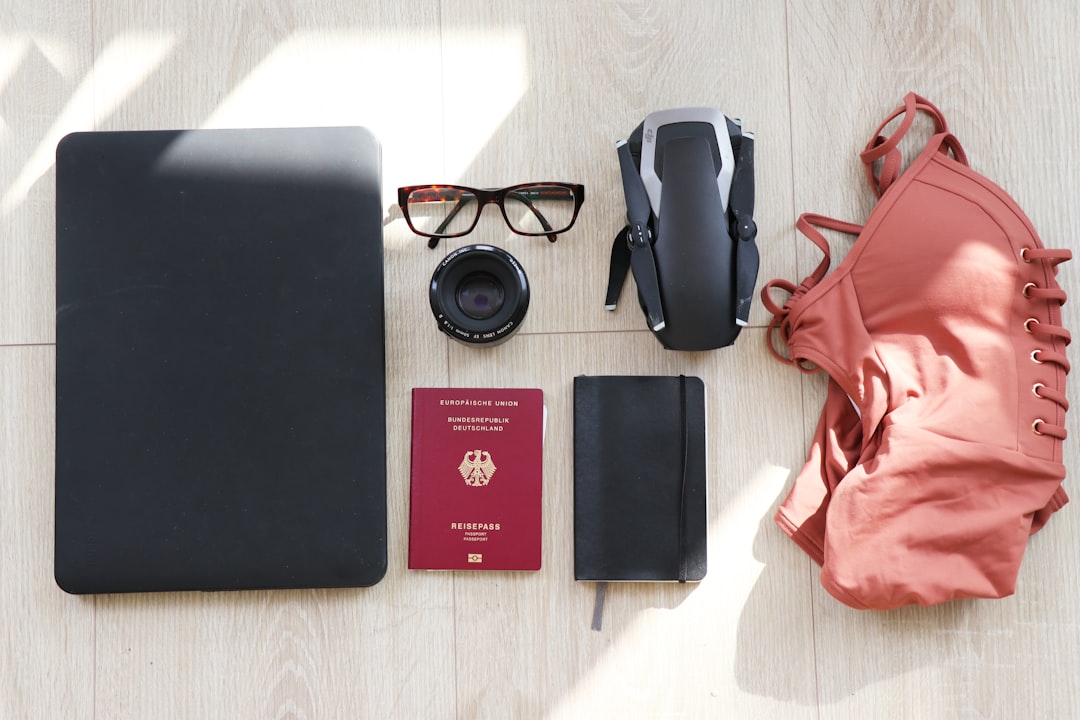Why Downsizing is Your First Step to Freedom
For aspiring digital nomads, downsizing is a non-negotiable rite of passage. The goal is simple: simplify your life, save on moving and storage costs, and ensure your new life abroad starts with a clean, uncluttered slate. A lighter footprint means more agility to move, pivot, and seize opportunities without being weighed down by physical possessions.
11 Essential Downsizing Strategies for Future Nomads
Feeling overwhelmed? Don't be. Break the process down with these actionable strategies designed for maximum efficiency.
Start Ridiculously Early. Procrastination is your enemy. Begin the process months, not weeks, before your planned departure. This gives you time to make thoughtful decisions, avoiding the last-minute panic that leads to either tossing valuables or shipping unnecessary items across the world at a huge cost.
Create Action-Oriented Lists. Organization is key. Ditch the mental notes and create tangible lists: a 'Keep' list (what you'll pack), a 'Go' list (what you'll sell, donate, or trash), and a 'Logistics' list (how you'll dispose of items and ship the essentials).
Go Paperless: Digitize Everything for Global Access. Physical paperwork is an anchor. Scan and securely store everything you can in the cloud: bank statements, tax records, receipts, and old letters. You can download most financial statements as PDFs directly. Keep only the absolute essential physical documents you're legally required to have, like your birth certificate, passport, and marriage certificates.
Resist the 'Just in Case' Trap. Don't fall into the temptation of stocking up on items before you leave. Research your destination; you can almost certainly buy shampoo, clothes, and household goods there, often for less. For items you love, check if the brand is available locally. If not, find a suitable alternative—it's part of the adventure.
Upcycle and Repurpose. Before you trash something, think if it has another life. Old t-shirts become cleaning rags for your final clean-up. Glass jars can be used to organize small items you're packing. It's a small step that reduces waste and saves a few dollars.
Donate Strategically. Donating is a fast way to clear out clutter and do some good. However, don't just dump bags at the nearest charity shop. Call local charities and shelters in advance to confirm what they actually need and accept. Wasting a trip with a car full of rejected items is inefficient.
Host a 'Freedom Fund' Yard Sale. Turn your unwanted clutter into cash for your travel fund. A weekend yard sale or pop-up shop can be a surprisingly effective way to get rid of furniture, clothes, and electronics while connecting with your community one last time.
Leverage Online Marketplaces. For higher-value or niche items, turn to the web. Facebook Marketplace is excellent for selling everyday items and furniture locally. For collectibles or handmade goods, consider specialized platforms like eBay or Etsy.
Swap and Trade. Look for local swap events or organize one with friends. Trading items is an eco-friendly way to get rid of things you don't need while potentially acquiring something you do for your travels, like a better travel backpack or packing cubes.
The Storage Unit Dilemma: A Temporary Fix or a Permanent Anchor? For items you truly can't part with (like family heirlooms), a storage unit is an option. However, be cautious. For a perpetual traveler, a storage unit is a recurring expense and a physical tie to one location. Use it as a last resort and for a finite period, not as a permanent solution that complicates your newfound freedom.
Call in a Professional. If you're genuinely stuck and the task feels monumental, hiring a professional organizer can be a worthwhile investment. They provide an objective perspective and efficient systems to help you declutter and make tough decisions quickly.
Your 5-Step Downsizing Action Plan
Follow this checklist to systematically work through your belongings.
Step 1: Assess Your Current Space
Walk through your home and be brutally honest. What do you use daily or weekly? What hasn't been touched in over a year? Identify duplicates and items you forgot you even owned. This initial assessment creates your starting point.
Step 2: Categorize Your Belongings
Don't try to tackle everything at once. Group items into logical categories: clothes, books, kitchenware, electronics, furniture, sentimental items. Within each category, separate essentials from non-essentials. Pro-tip: Box up the non-essentials and put them away. If you don't need to open the box for a month, you likely don't need its contents.
Step 3: Decide: Keep, Sell, Donate, or Discard
This is where you get ruthless. For each item, ask yourself: 'Is it cheaper to buy this again at my destination than to ship it?' Prioritize what is irreplaceable or essential for your work (like specific tech gear). Everything else must be assigned to be sold, donated, or trashed.
Step 4: Practice Your Pack
Once you have your 'Keep' pile, do a trial run. How much can you realistically fit in your luggage? This practice run helps you visualize your new, lean life. It will force you to make a final round of cuts and decide if shipping a small box is necessary or if you can downsize even further.
Step 5: Final Logistics and Purge
With your departure date approaching, finalize the logistics. Arrange for shipping, confirm storage, and schedule donation pick-ups. In the final days, be prepared to discard last-minute items you won't use up, like half a bottle of dish soap or pantry items. Walk away with only what you've decided to keep.































